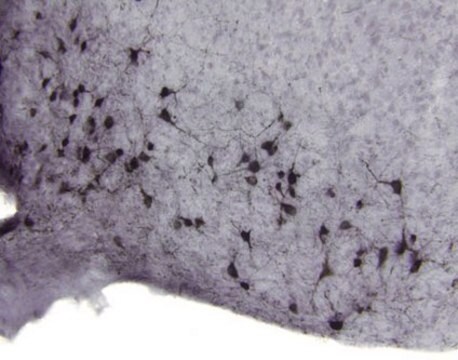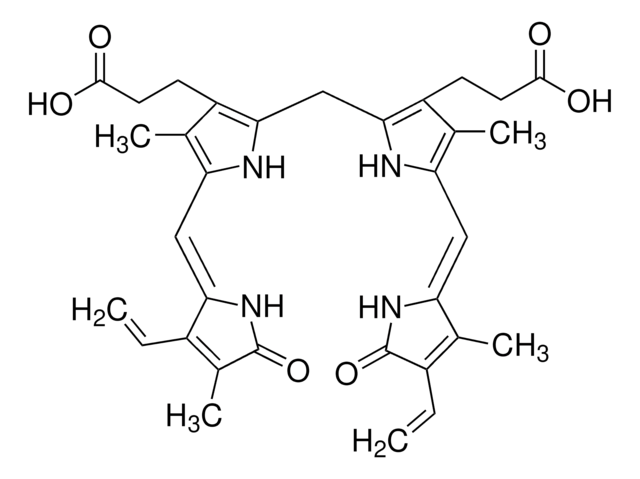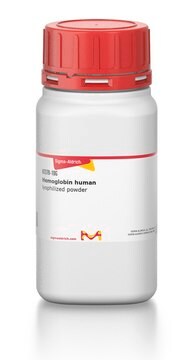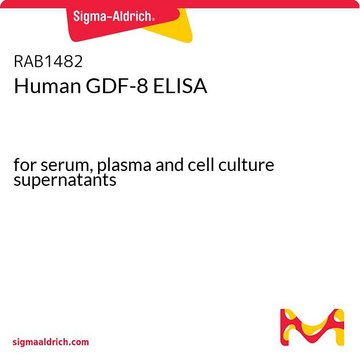M3064
Myostatin human
recombinant, expressed in E. coli, lyophilized powder, suitable for cell culture
Sinônimo(s):
GDF-8, Growth Differentiation Factor - 8
About This Item
Produtos recomendados
fonte biológica
human
Nível de qualidade
recombinante
expressed in E. coli
Ensaio
≥95% (SDS-PAGE)
forma
lyophilized powder
peso molecular
16 kDa (including a 31 amino-acid spacer and 6-His tag)
embalagem
pkg of 0.1 mg
técnica(s)
cell culture | mammalian: suitable
nº de adesão UniProt
temperatura de armazenamento
−20°C
Informações sobre genes
human ... MSTN(2660)
Categorias relacionadas
Aplicação
Ações bioquímicas/fisiológicas
Código de classe de armazenamento
11 - Combustible Solids
Classe de risco de água (WGK)
WGK 3
Ponto de fulgor (°F)
Not applicable
Ponto de fulgor (°C)
Not applicable
Equipamento de proteção individual
Eyeshields, Gloves, type N95 (US)
Certificados de análise (COA)
Busque Certificados de análise (COA) digitando o Número do Lote do produto. Os números de lote e remessa podem ser encontrados no rótulo de um produto após a palavra “Lot” ou “Batch”.
Já possui este produto?
Encontre a documentação dos produtos que você adquiriu recentemente na biblioteca de documentos.
Nossa equipe de cientistas tem experiência em todas as áreas de pesquisa, incluindo Life Sciences, ciência de materiais, síntese química, cromatografia, química analítica e muitas outras.
Entre em contato com a assistência técnica








